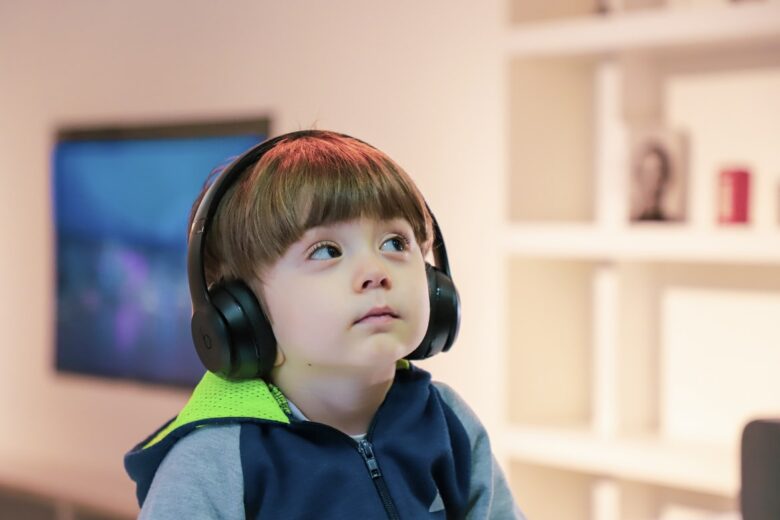Day-to-day, people of various professions are trying to be more competitive in the labor market. Fluency in some widespread languages is already not considered crucial merit. It is time to take advantage of the opportunity and learn something relatively exotic, for example, the Russian language.
To make your gained skills and knowledge more precious, it’s worth providing them with the real official certificate. Suppose you are serious about preparing for the Russian test, which is called TORFL (another name TRKI), extremely motivated, but you have little time. In that case, you can check out the privaterussianclass.com website, which is the best solution for any busy person. Teachers there, being officially accredited testers, will definitely help you to feel confident in the examination. Now, let’s learn about that exam.
Like any foreign language exam, TORFL checks knowledge of General Russian on 6 levels from A1 to C2. During the examination, a candidate is tested on 6 language competencies. Therefore, the exam consists of 5 parts:
- Reading.
- Lexis and grammar.
- Listening.
- Writing.
- Speaking.
The first and the essential tip for any candidate is reading the instructions carefully because they can be formulated variously. Tick only one correct answer, find the odd one out, is the statement true, is the statement false. So, the questions are not necessarily difficult but tricky to confuse testees.
1. Reading

Texts at all levels are about everyday topics as TORFL (TRKI) is a General Russian examination system. They could be about famous people, cities, countries, souvenirs, work, studies, staying healthy, going shopping and never about a specific topic from the financial world or international relations.
It is allowed to use a dictionary: at A1, A2, and B1, a student can have a bilingual one; at B2, C1, it is only a monolingual Russian dictionary.
- A1 (elementary) level has 5 blocks and 30 tasks, for which a candidate has 50 minutes.
- A2 (basic) level consists of 4 blocks with 30 tasks and 50 minutes for accomplishing.
- B1 (intermediate) level has 3 blocks, 20 tasks, and 50 minutes to do them.
- B2 (upper-intermediate) level has 2 blocks, 25 tasks, and 1 hour for finishing this part.
- C1 (advanced) level gives only 1 block with 6 texts, 25 tasks (a dictionary is allowed only for 21-25 questions), and one hour.
- C2 (proficiency) level has 4 blocks, 24 questions, and one hour. Any dictionary is prohibited.
The dictionary a candidate brings for the examination has to be paper one, without any notes and additional sheets. Otherwise, a testee will be disqualified.
2. Lexis and grammar

A1 consists of 70 questions, and a testee has 50 minutes. In A2, there are 100 questions and 50 minutes to answer them. B1 has 165 tasks and 1 hour. B2 offers 150 questions, giving 90 minutes. In contrast, C1 has 100 positions at the same time. And the last level, C2, gives 1 hour to answer 100 questions. None of the dictionaries is allowed. Each question at all levels has 2, 3, or 4 options, and only one is correct.
3. Listening

Candidates who take A1 or A2 tests listen to each task twice. Those who choose higher levels do it only once. Dictionaries are prohibited. A1 and A2 have 30 minutes for 25 questions. B1 offers 30 minutes for 35 questions. B2 and C1 have 25 tasks and 35-40 minutes (depending on the length of the audio texts and dialogues). And C2 consists of 25 questions that last 45 minutes.
4. Writing

If it’s A1, then there is only one task: to write an informal letter on a definite topic. There has to be not less than 15 sentences, and a testee has 40 minutes. A2 has 2 tasks: to write an informal letter to your friend (minimum 12 sentences) and a message to your friends in WhatsApp (minimum 5 phrases) within 50 minutes.
B1 consists of 2 tasks. First, a candidate reads an article and after that has to write about its main ideas in a blog. Second, a testee writes an informal letter to a friend who has not seen him/her for a while. There is one hour for both tasks. At A1, A2, and B1, a candidate can use a bilingual dictionary.
B2 has 3 tasks and 55 minutes for them. The first question is to write a recommendation letter based on the read text and advertisements (50-70 words). The second one is to write an official article on a certain topic (50-70 words). The third task is to write a letter-description of a person you recommend to your chief (100-150 words).
C1 also has 3 questions and 1 hour 15 minutes to answer them. The first one is to write a letter about certain social problems based on an official article (200-250 words). The second task is to make a business message after reading an article (50-70 words). And the third one is an essay on a certain topic (100-150 words).
C2, again there are 3 tasks and a little more time – 1 hour 20 minutes. A testee has to choose 1 topic out of 3. He/she writes theses on it by giving, comparing, and describing its pros and cons (200-250 words). The second task offers a moral/ethical problem, and a candidate gives a possible solution and recommendation of it (150-200 words). Finally, the third one is to write a retelling into a diary of a just heard story to use later for yourself (300-350 words).
5. Speaking

At every level, it has the same structure. First, a candidate has to react to the phrases of the tester. Then, there is a conversation on a definite topic. And the last one, on which he/she has time for preparation, is making a monolog on the topic. Traditionally, A1 to B1 may use a dictionary; B2 to C2 do not.
The score of each part has to be 66% or more; otherwise, you fail the whole exam. For example, on 4 parts, you have 85%, but one is 58%, then you will not get the certificate and have to take the same level again. That’s why the common mistake of many candidates is the misbalanced enhancing of those competencies, ignoring reading at the expense of listening and developing vocabulary.
Taking into consideration all above mentioned, the candidate should know his/her exact level. Sometimes it’s not easy to assess your knowledge and skills objectively. The ideal solution is to have a trial version of TORFL that will definitely help to clarify the current level and all pitfalls of the exam.
Having passed the A2 level, a person can apply for Russian citizenship. B1 certificate allows its holder to enter the university, skipping a year at the preparatory faculty. A candidate is able to teach the language to foreigners knowing the language at the C1 level. Finally, a C2 certificate shows that a person can research and obtain a Ph.D.
It’s not too bad to become really educated and get your dream job, being a competitive, exclusive employee in the labor market not only in your country but worldwide.

